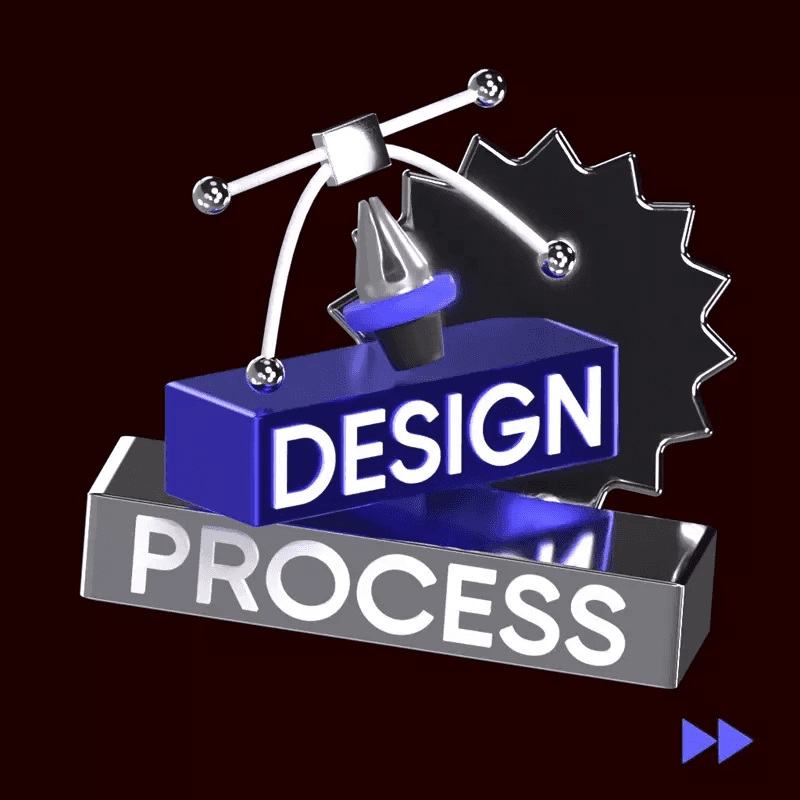3D Rendering
3D Rendering
3D Rendering
3D rendering is a process in computer graphics that involves generating two-dimensional images or animations from a three-dimensional model. It is an essential part of creating lifelike visual representations of objects, environments, or characters in various industries such as architecture, interior design, product design, video games, movies, and advertising.
3D rendering technology utilizes advanced algorithms and computer software to simulate the interaction of light with virtual objects, resulting in realistic images with accurate lighting, shadows, textures, and reflections. The process involves several stages, including modeling, texturing, lighting, rendering, and post-processing, each contributing to the final visual output.
1. Modeling: The first step in 3D rendering is creating a digital 3D model, which serves as the foundation for the entire rendering process. Modelers use specialized software to construct the virtual object or scene by defining its shape, structure, and details.
2. Texturing: Once the model is created, textures are applied to its surfaces to give them realistic appearances. Textures can include colors, patterns, images, or materials that mimic real-world materials such as wood, metal, or fabric. This stage adds depth and visual richness to the 3D model.
3. Lighting: Lighting plays a crucial role in 3D rendering as it determines how the virtual object or scene is illuminated. Artists or designers position virtual light sources and adjust their properties, such as intensity, color, and direction, to create desired moods, highlight specific areas, and cast realistic shadows.
4. Rendering: The rendering process involves converting the 3D model, textures, and lighting information into a 3D image or 3D animation. This is done by simulating the behavior of light rays as they interact with the virtual objects, calculating the color and intensity of each pixel in the final image. Rendering can be done in real-time or offline, depending on the complexity and quality requirements of the project.
5. Post-processing: After the initial rendering, post-processing techniques are applied to enhance the final output. This may involve adjusting colors, contrast, or adding special effects like depth of field, motion blur, or lens flares. Post-processing helps refine the visual aesthetics and achieve the desired artistic or realistic effect.
3D rendering has revolutionized various industries by providing a cost-effective and time-efficient way to visualize concepts, designs, and products before they are physically created. It enables architects to showcase their designs to clients, allows filmmakers to create stunning visual effects, and empowers product designers to present their ideas in a realistic and engaging manner.
15,000+ customizable 3D design assets
for UI/UX, website, app design and more


quote post


Information post


marketing post
Sign up for free
View All
A
B
C
D
E
F
G
H
I
J
K
L
M
N
O
P
Q
R
S
T
U
V
W
X
Y
Z
#
View All
A
B
C
D
E
F
G
H
I
J
K
L
M
N
O
P
Q
R
S
T
U
V
W
X
Y
Z
#
View All
A
B
C
D
E
F
G
H
I
J
K
L
M
N
O
P
Q
R
S
T
U
V
W
X
Y
Z
#
Tools
Create
Tools
Create